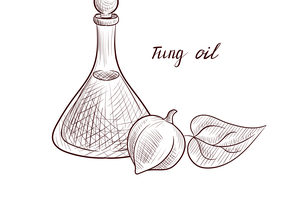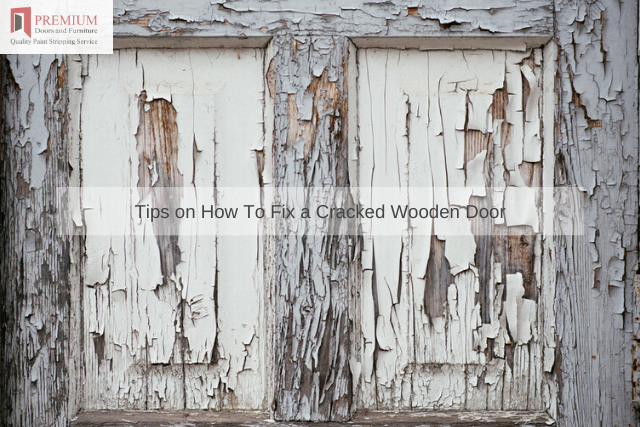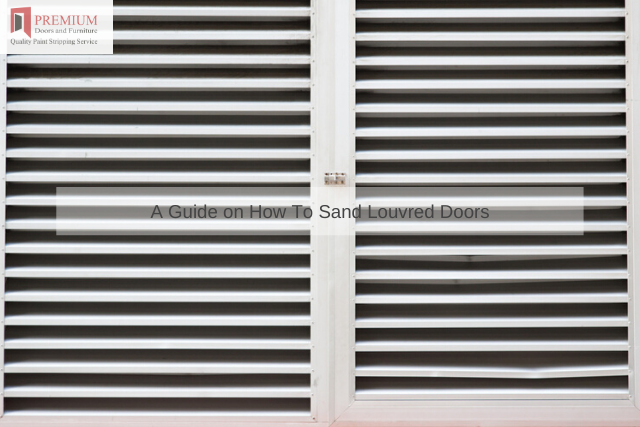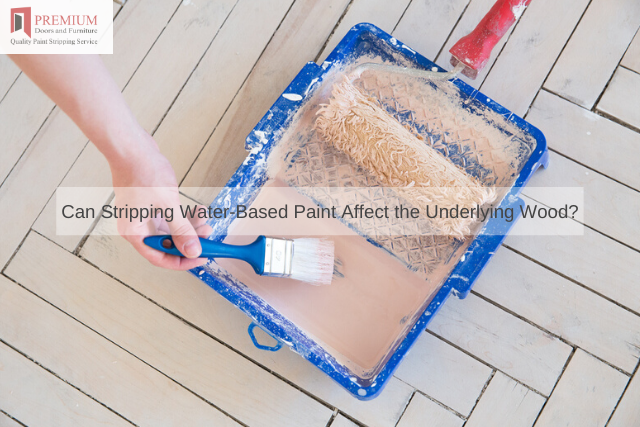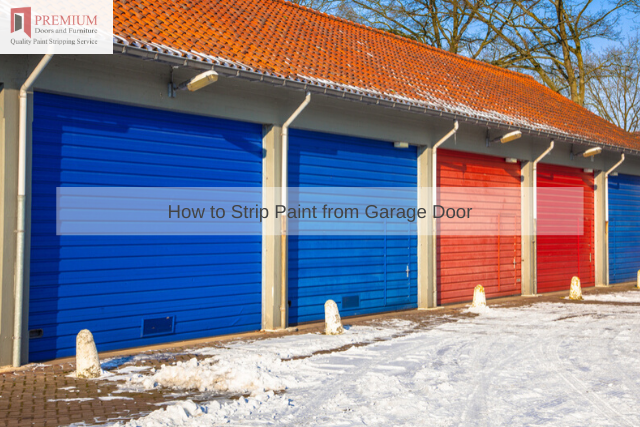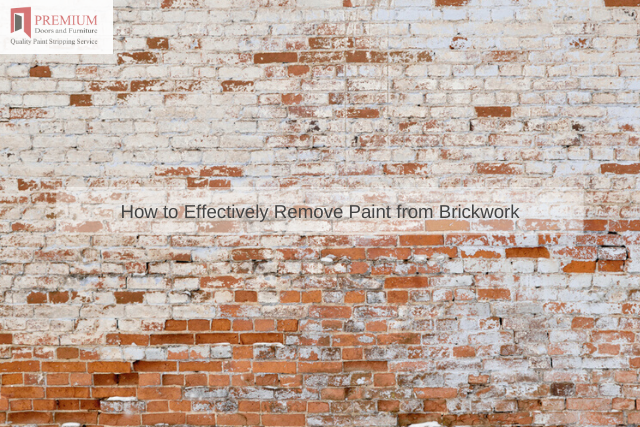What expectation do you have when hiring a professional painter for your home or piece of art? To get elegant and long-lasting results. However, that’s not what we always get.
Why? Well, there are tons of less skilled and dishonest painters out there who fail to follow the ideal steps. In turn, they tend to leave you with streaky and smudged paints.
Some start fading or crack with no time, and you end up spending more to repair the paints. Identifying the early signs of damaged paints can help you cut-the re-painting costs. That’s why this article comes in.
A streaky, blistered or blotchy paint
These flaws on your paint show that the coat got applied on a dirty or wet surface. Over time, the painted surfaces pick up dust and grime, and it affects the paint’s adhesion causing paint failure.
Also, it may tell you that the cover was not cleaned well through soda blasting. This makes the paint not to adhere uniformly, causing it to blotch and streak. Moreover, the moisture can make it to start blistering and even peel off easily.
It starts smudging, wrinkling and cracking.
In case you notice such problems, it may be that the second paint came before the first one drying. Thus they make the coat to start smudging and form crack lines across.
Usually, the drying period of a coat will depend on the levels of moisture on the surface and the type of paint used. A coating can wrinkle if the oil-based paint that was colder than the room’s temperature.
Besides, the painter might have used a varnish remover for wood pieces causing smudging.
Chalking paint
Chalking occurs when the coating starts to break down. Here, you will spot the paint, developing a white, powdery film and the colour may start fading. You can wipe the stain off with a light brush.
Long-term exposure of the paint to sunlight could lead to this damage. Moreover, the paint used could be thin, or the surface was not well cleaned before the painting.
Bring in a professional
Sometimes we may get blinded with the changes that our pieces of paintings undergo. We tend to ignore that everything is fine until it is too late and quite costly to revamp the paints.
Hiring a professional to inspect and track your pieces of paintings can be a great deal. They have skills and expertise for easy identification of possible paint damages.
So, they tell you on how best the damage can get handled before turning into something terrible.
Prevention is better than cure! Identifying damage to elegant paint as early as possible can be quite beneficial.
It helps you plan for re-painting. More importantly, it reduces the overall cost of making things right with your paints.
We hope you have learnt the simple tricks that will help you identify the early signs of damaged paint.






